Touched
- to be affected emotionally
- to be modified by something
This exhibition brings together the work of two artists Kim-Anh Nguyen and Jo Wood. Both artists are exploring the ideas of self and of journey. The organic forms created by their delicate use of ceramics will Touch all who see this work. The conscious awareness of making marks and impressions, lingers for all to consider.
Jo Wood
Looking at one of Jo Wood's translucent porcelain lamps is a deeply rewarding experience. Her passionate engagement with process and unconventional use of materials produces vessels of astonishing delicacy. The artist flattens, manipulates and moulds the clay, pushing its strength and plasticity to the limits.
"Working this way I feel a connection to the finished piece that is enormously satisfying as I leave my fingerprints subtly on the work".
Light is central to Wood's pieces, and as it pours through the porcelain vessels it brings a surprisingly delicate quality to the work. The juxtaposition between the seeming solidity and the translucency of the material resonates in an interesting way. As she explains, "The work can look extremely fragile, but as it has been high fired, it has an unexpected strength to it".
Wood's organic forms refer to natural objects, without being slavish representations of them. In these paradoxically strong/delicate vessels - process, form, detail and light are synergistic, and create nuanced forms that are beautiful to look at and use. Adding to the depth of the work, the artist is exploring a subtle narrative, "For my lamps I am currently exploring vessel forms that might have been water carriers in the past, and transforming them into light carriers".
The final stage of the process brings the element of surprise inherent in working with ceramics, the kiln. “The extreme thinness of the clay means that the forms inevitably alter in the firing process – becoming organic and unique”.
The visual interest of these works is sustained by the artist’s commitment to investigating and refining form, searching for ways to best display the inherent properties of the porcelain, and the translucency and textural shadows created by the pleating. She experiments until a beautiful simplicity is reached, creating objects that are “both functional and a joy to use”.
Kim-Anh Nguyen
Inspiration for Kim-Anh’s work has come from indigenous cultures and their traditional woven textile and basketry craft. Her work is based on the process of coiling - a simple technique which has been used from the earliest times. Underlying this is a profound respect for the historical and cultural significance of indigenous people. Much of her works depict an aspect of the landscape, which is crucial to all indigenous peoples.
“I am absorbed by the concept of storytelling and journey through the objects I create. The coiling process to me is a journey itself, starting with the spiral (Koru), from the tree fern, which is a symbol of new life and growth in Maori culture. This spiral represents the beginning and it keeps on going and grows until it looks right and satisfied. It is until then that the journey ends at the top of the vessel (the rim) and the space within holds many stories”.
The Spinifex Series is a body of work that references the spiky spinifex grass which is widely found in the desert region of Australia and the story associated with the Spinifex people and their land within the Great Victoria Desert, in Western Australia. ”The story is about migration, like that of my own whom fled Vietnam in the 70’s as refugee boat person. The Spinifex people were forced out of their homeland in the 1950s as a result of the Maralinga atomic testing by the British and the Australian government.”
The technical work of ‘Spinifex’ derives from the combined process of coiling in clay and the weaving of pine needles in basketry. Both of which have great influence on my work. Paper clay is used either with an oxide application or with a coloured stain added to the body of the clay.
I am fascinated by the intricacy and delicacy, yet simplicity of this technique. The markings left behind as a result of this combined technique not only provide me with texture and some nuances but also represent the honesty in the work, i.e.; these marks have not been altered. It shows the process in the making, which is central to my work”.
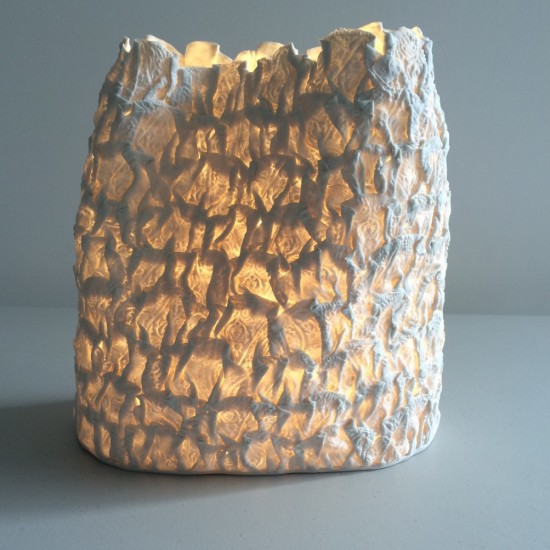
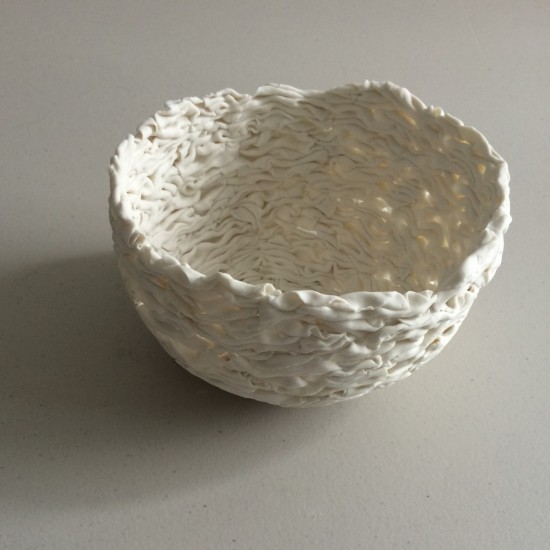
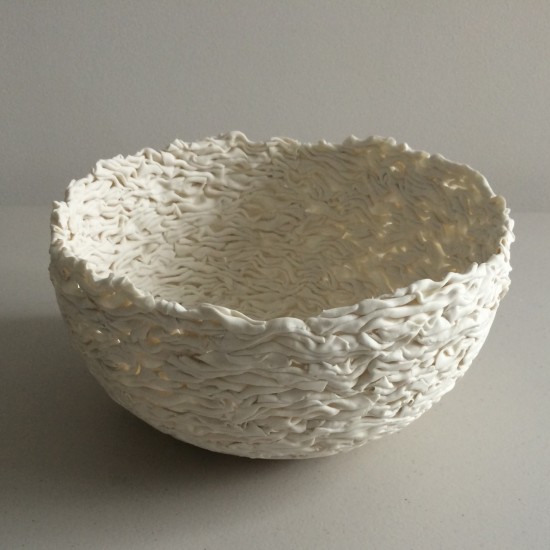
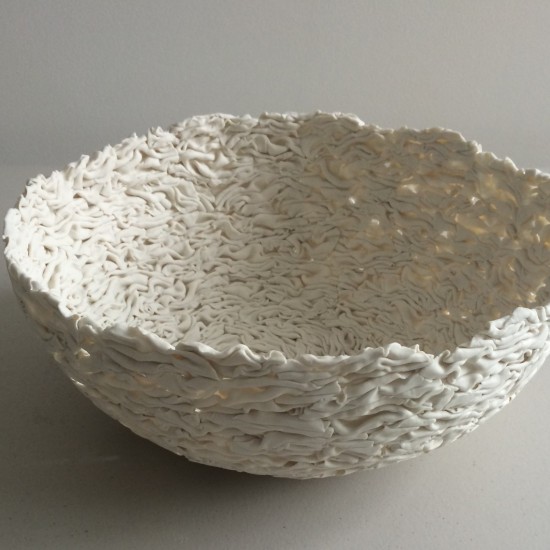
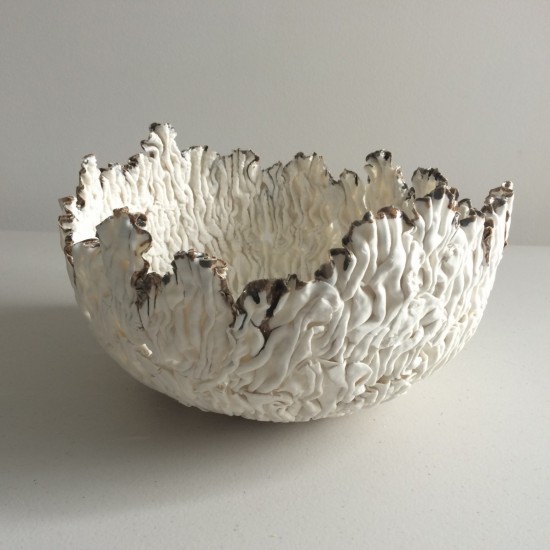
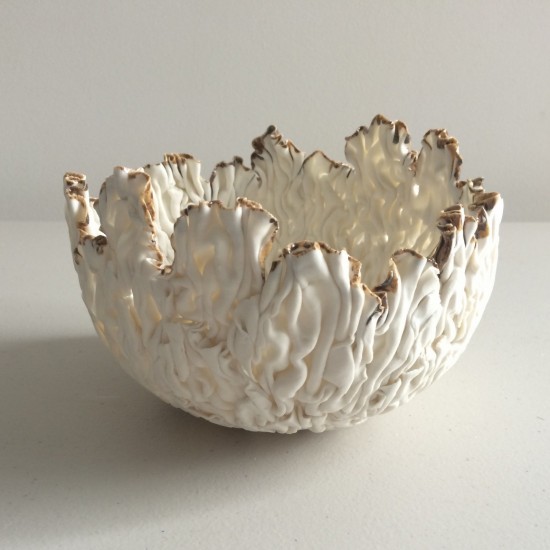
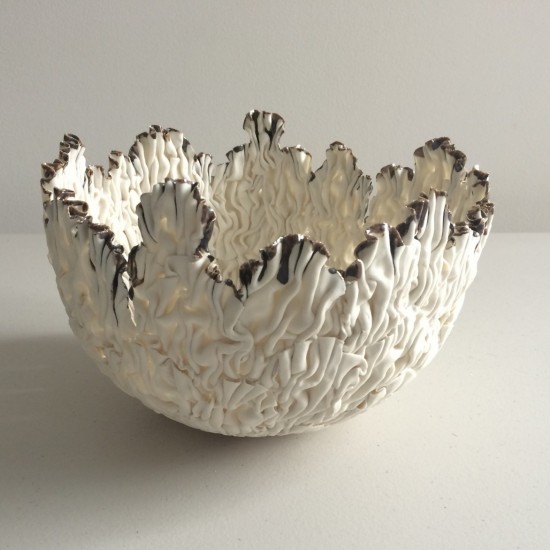
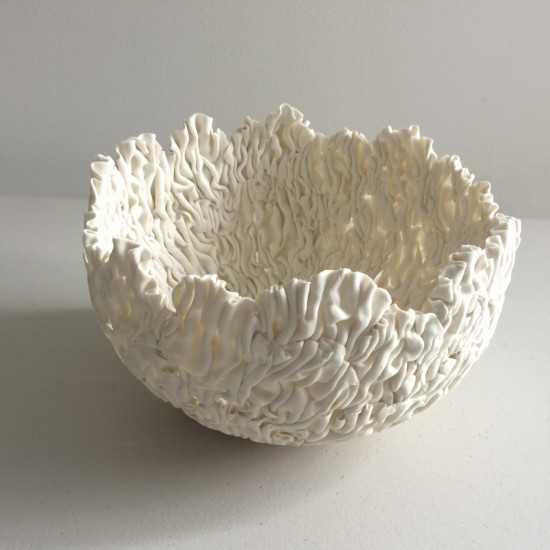
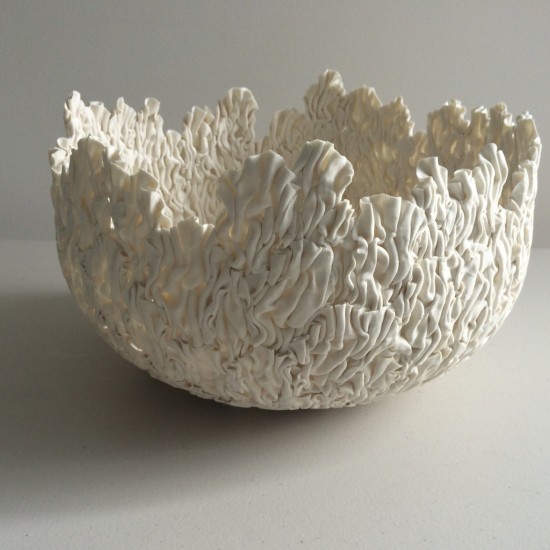
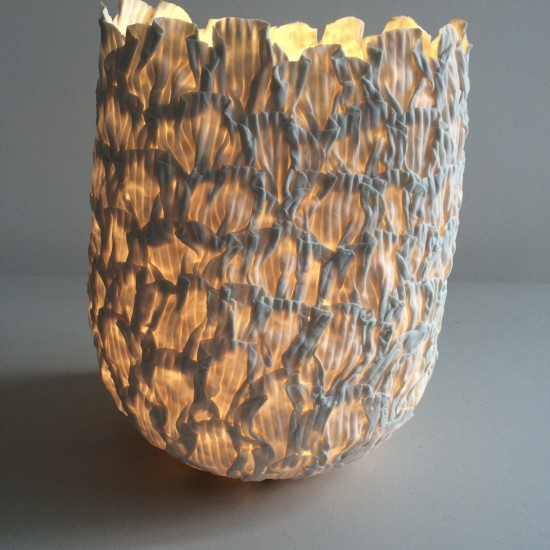
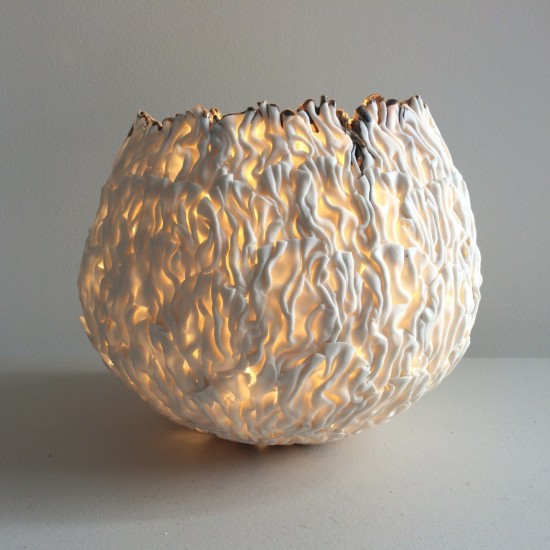
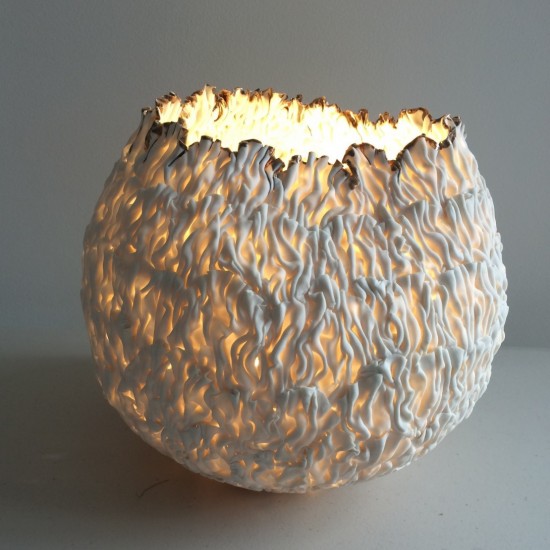
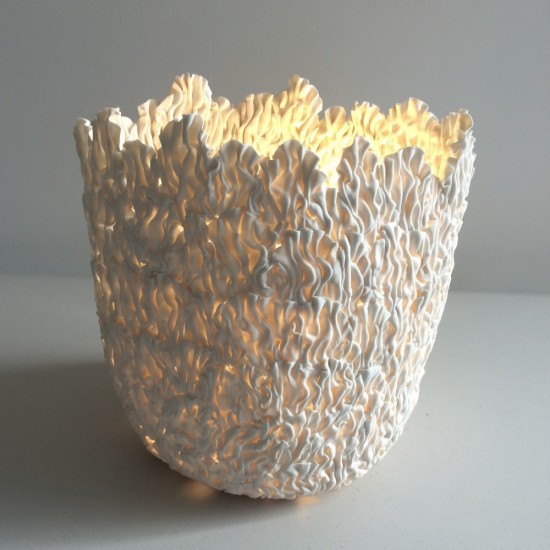
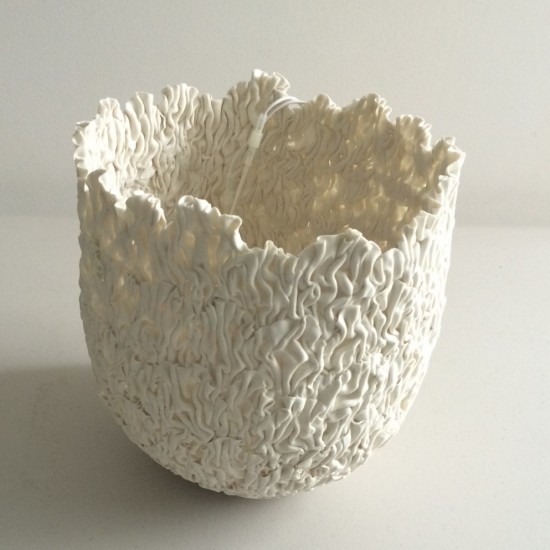
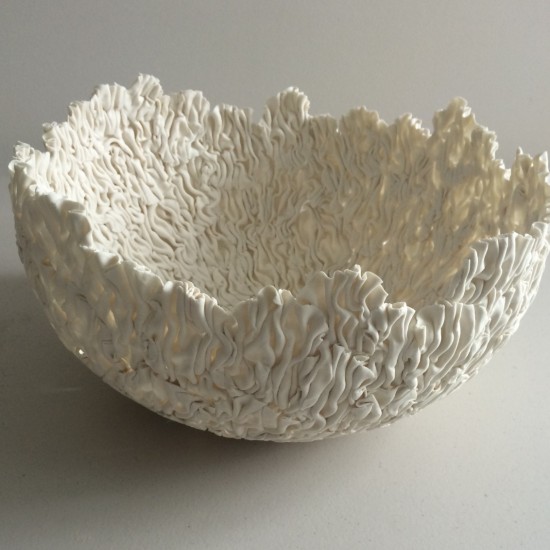
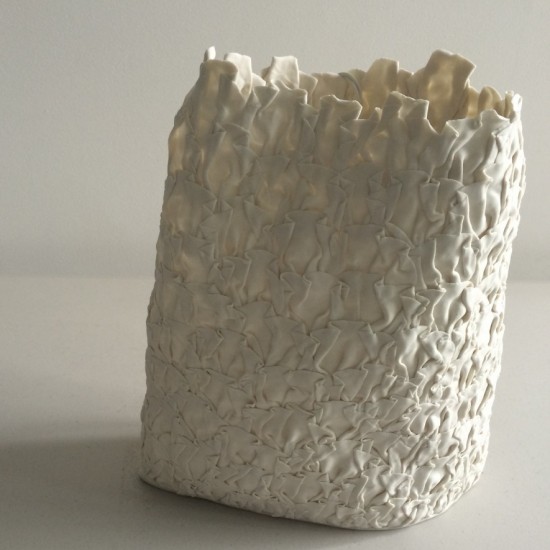
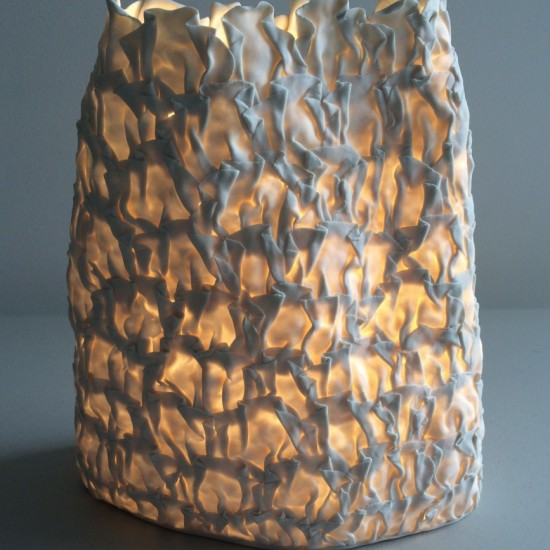
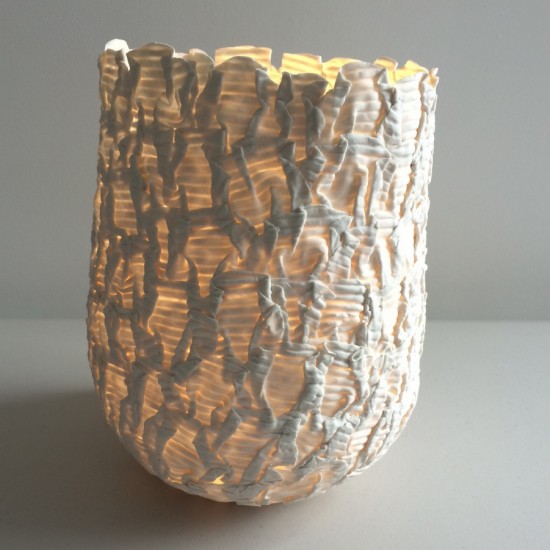
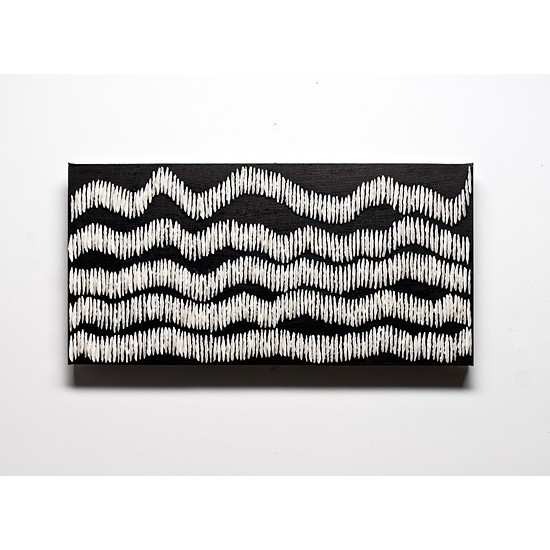
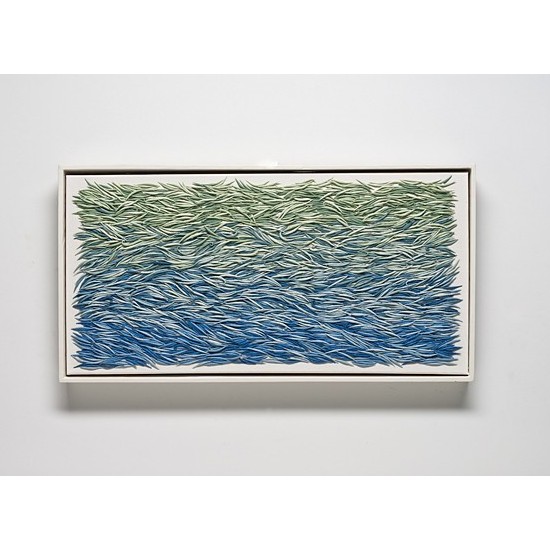
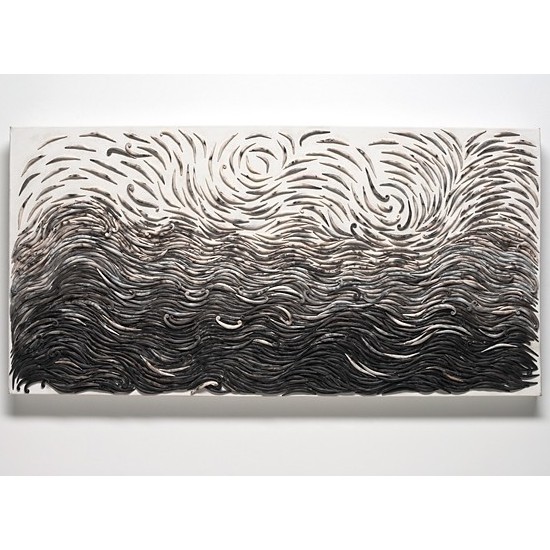
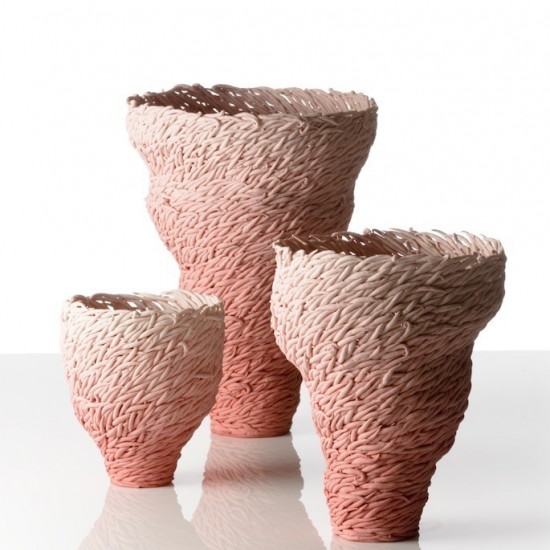
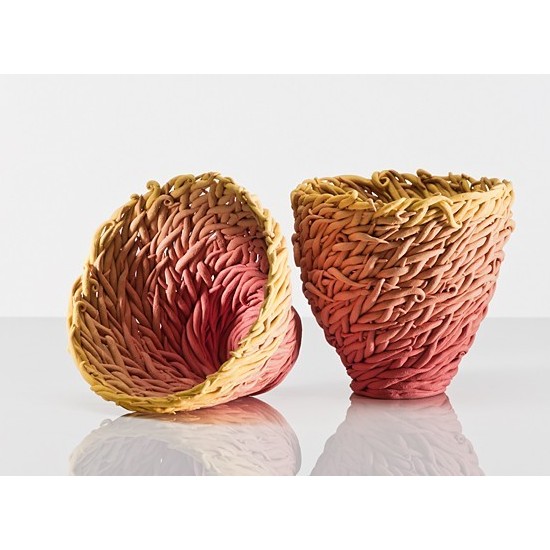
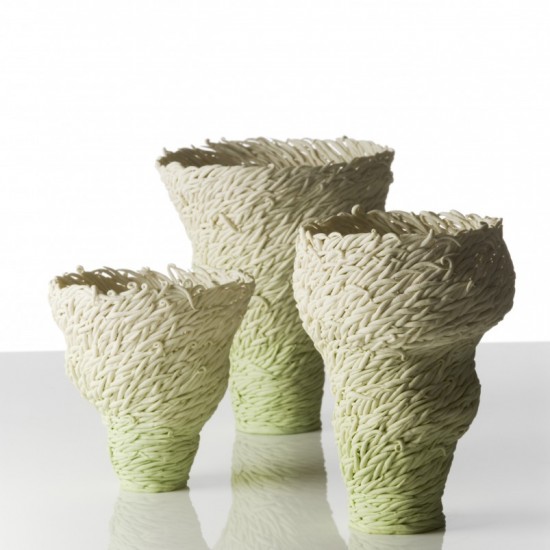
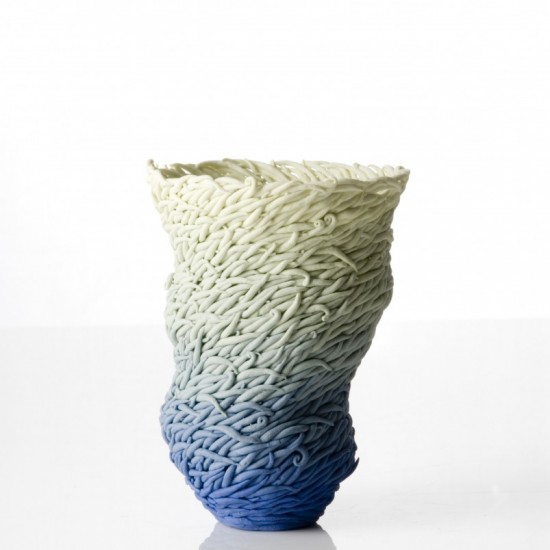
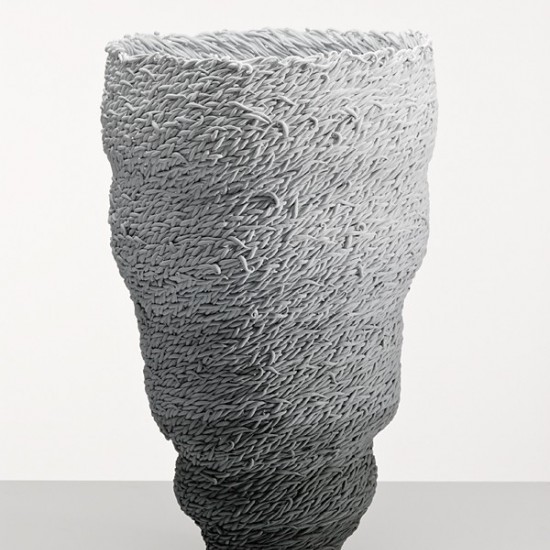
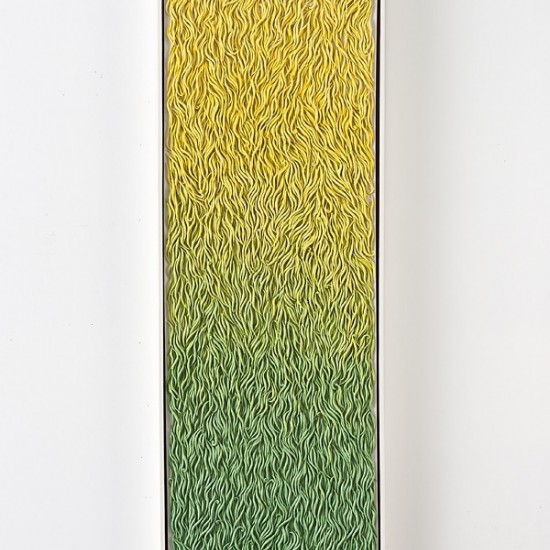
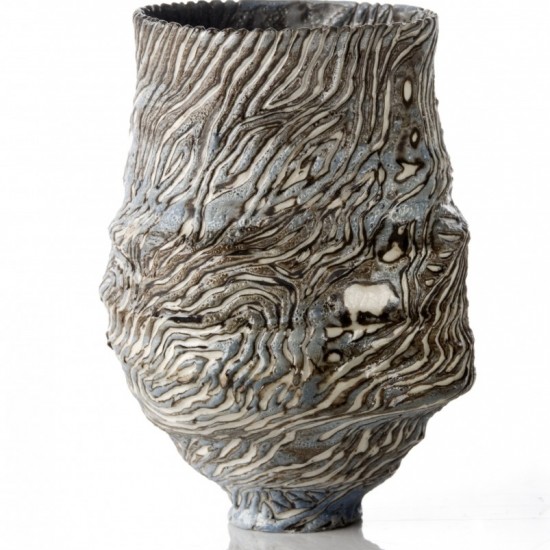
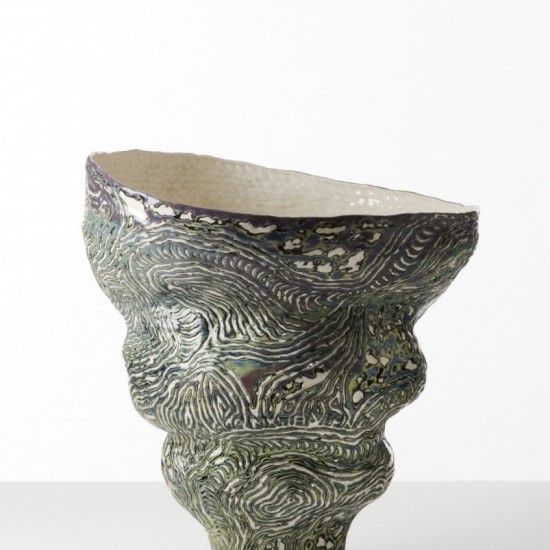
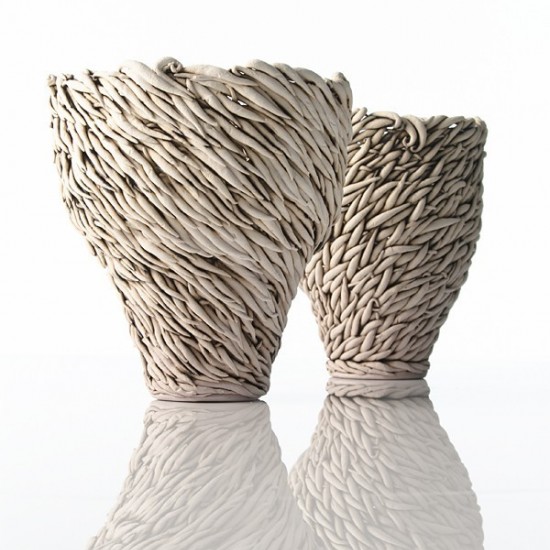
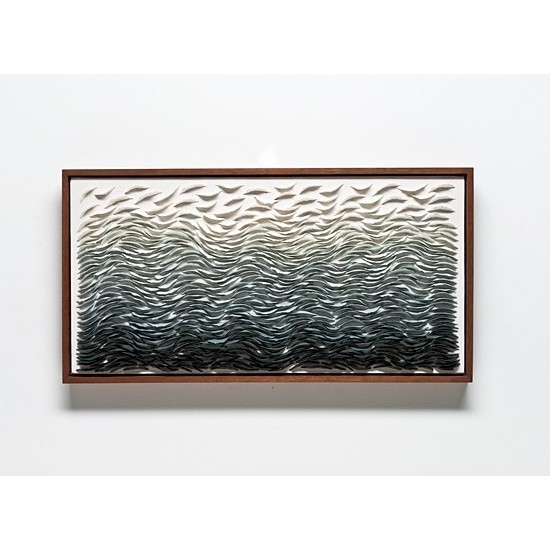































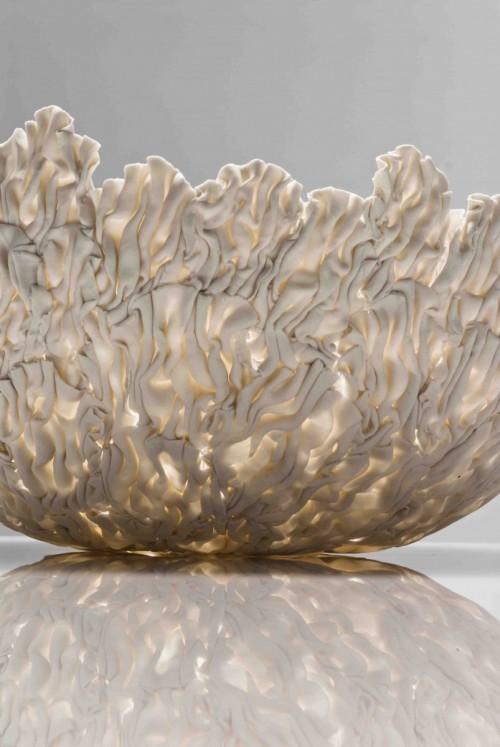
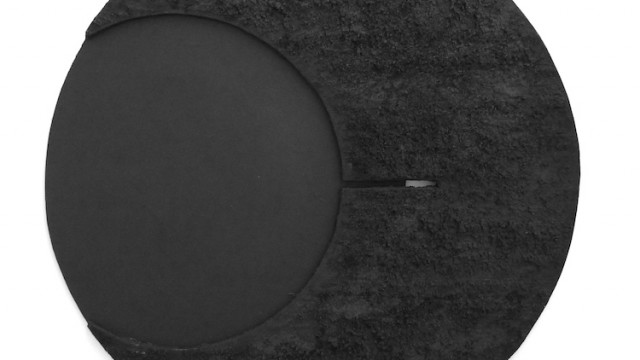
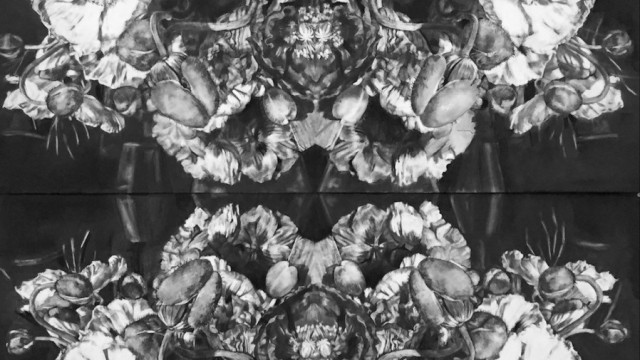
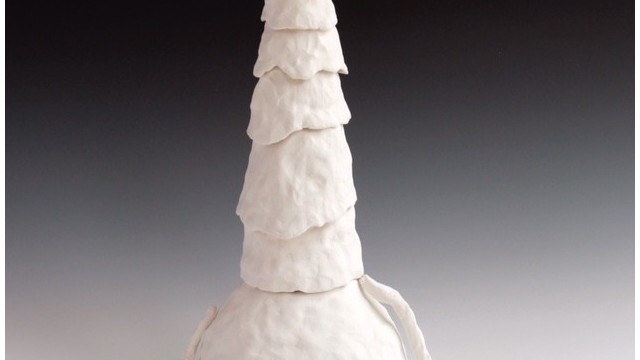
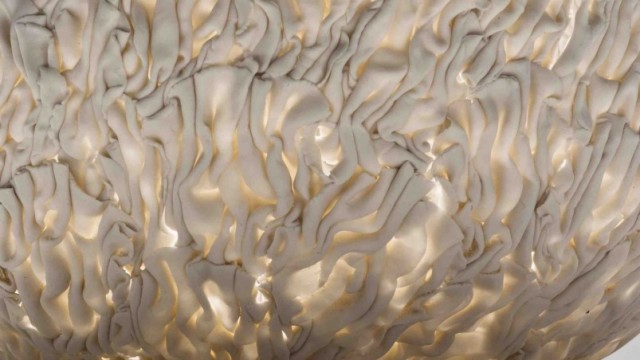
Group Exhibition
séance - Fade to Black, Curated by Sean Morris
February 20-March 15, 2020